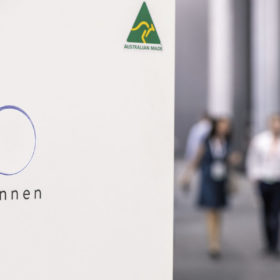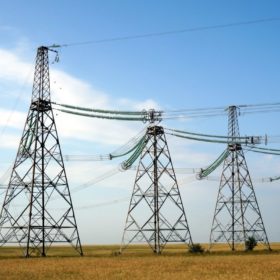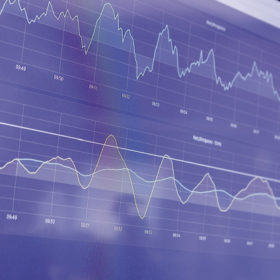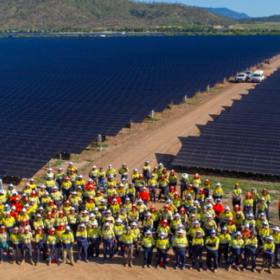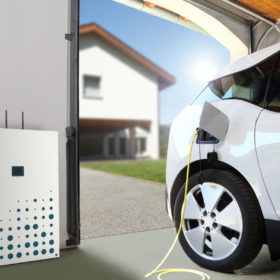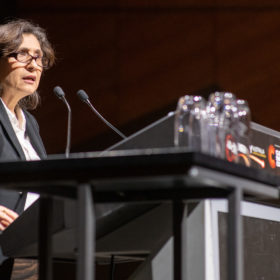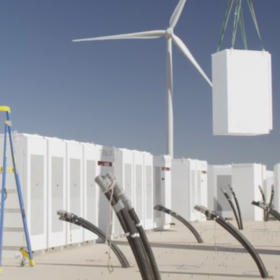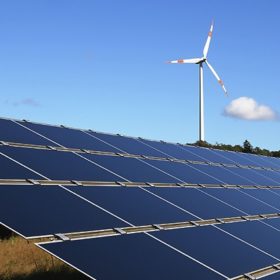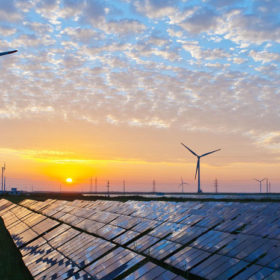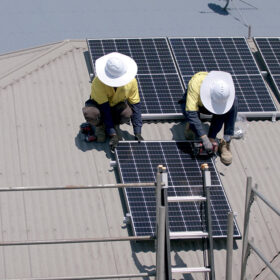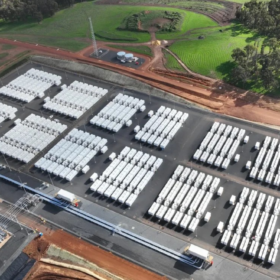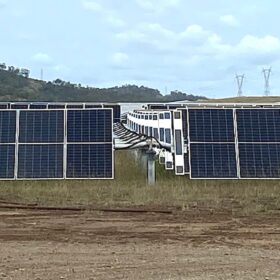Long read: Orchestral support for an evolving energy system
As one of the world leaders in PV+storage deployment, Australia has ample opportunity to develop a two-way energy system that could provide critical services to the grid and deliver additional revenue streams for rooftop PV and battery prosumers. Although still in their early days, some virtual power plant (VPP) projects are already proving their worth.
AEMO publishes final MLFs for 2020-21
The Australian Energy Market Operator’s final marginal loss factor report for 2020-21 provides some good news for operational large-scale solar projects delivering only smaller changes compared to those seen in preceding years. However, the reduced need for MLF adjustments came as a result of a slowdown in new project development and additional network constraints.
AEMO: Lessons learned about VPP market participation
The Australian Energy Market Operator (AEMO) has published its first knowledge sharing report under its landmark virtual power plant (VPP) demonstrations program, which is intended to provide insights into the scalability and network services potential of VPPs. The report details how the South Australia-based Tesla-Energy Locals VPP responded to price signals and frequency level and helps further understand the benefits consumers can have from participating in VPPs.
AEMO moves to highest level in pandemic response to keep lights on
The energy market operator has enacted a full suite of pandemic responses to provide the maximum possible protection of essential supplies in these trying times for critical operations and people.
Two solar and one wind farm in north Queensland could be curtailed to zero
Three renewable energy generators in northern Queensland are facing major constraints due to system strength issues.
ACT virtual power plant trial to help optimize DER network integration
An ARENA-backed trial run by ACT network operator Evoenergy in partnership with French power electronics specialist Schneider Electric and Melbourne-based energy tech company GreenSync will research and test the effect that the integration of distributed energy resources is having on Canberra’s increasingly decentralized energy grid.
Victoria decides to go it alone on transmission to unlock more large-scale renewables and batteries
The Victorian government has decided to break away from national electricity rules and introduce legislation that will fast-track priority projects like grid-scale batteries and transmission upgrades and make room for more large-scale solar and wind on the grid. The announced reforms have prompted a flurry of reactions.
Big batteries earn $20 million over three months
Against the backdrop of extreme heat, generator, and transmission line outages and intense bushfires, revenues for grid-scale batteries on the National Electricity Market (NEM) have been trending upwards.
Solar and wind set new output record even as curtailment continues to bite
Grid-scale wind and solar output reached new highs in Q4 last year pushing power prices to a three-year low despite a number of coal-fired generator outages. As Australia’s big PV fleet continues to expand, the National Electricity Market saw the highest output of big PV on record, but also record curtailment.
AEMO calls for over 30 GW of solar and wind to replace coal-fired generation by 2040
To fill the gap left by retiring coal-fired plants, the Australian Energy Market Operator forecasts that Australia should invest in a further 30-47 GW of new large-scale wind and solar projects by 2040. At the end of the outlook period, AEMO projects that distributed energy resources could provide up to 13% to 22% of total underlying annual NEM energy consumption.
